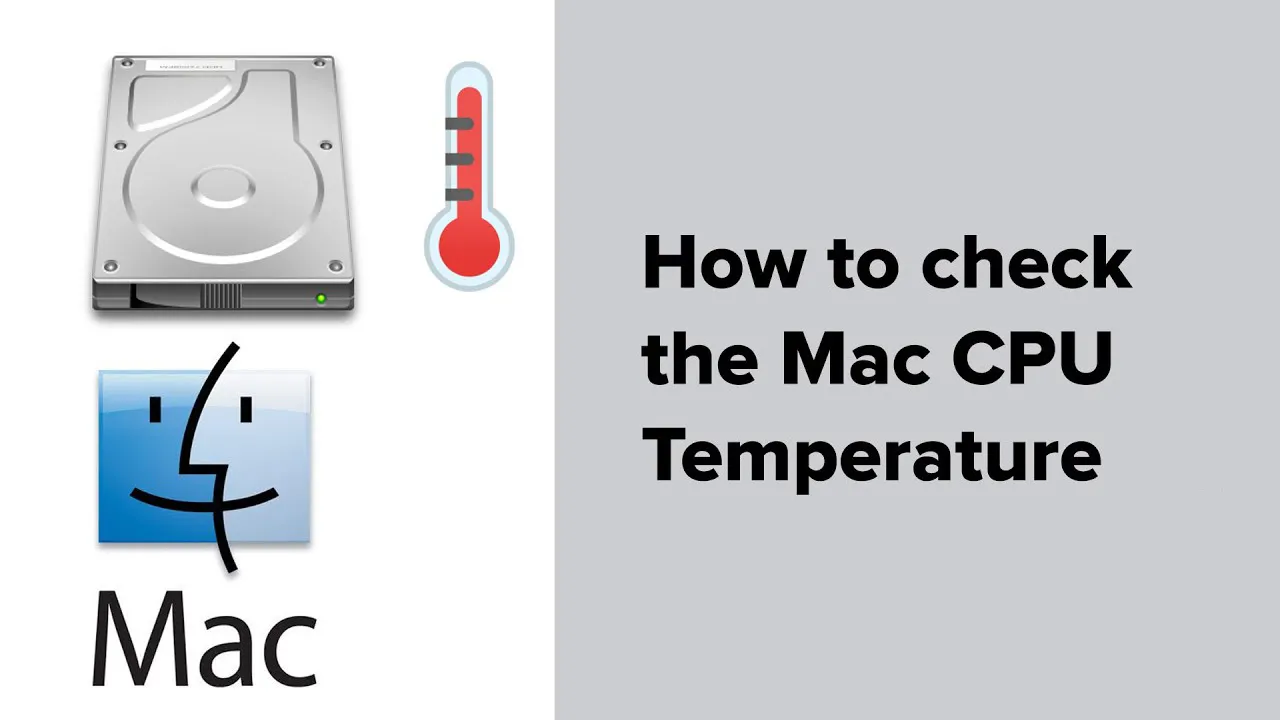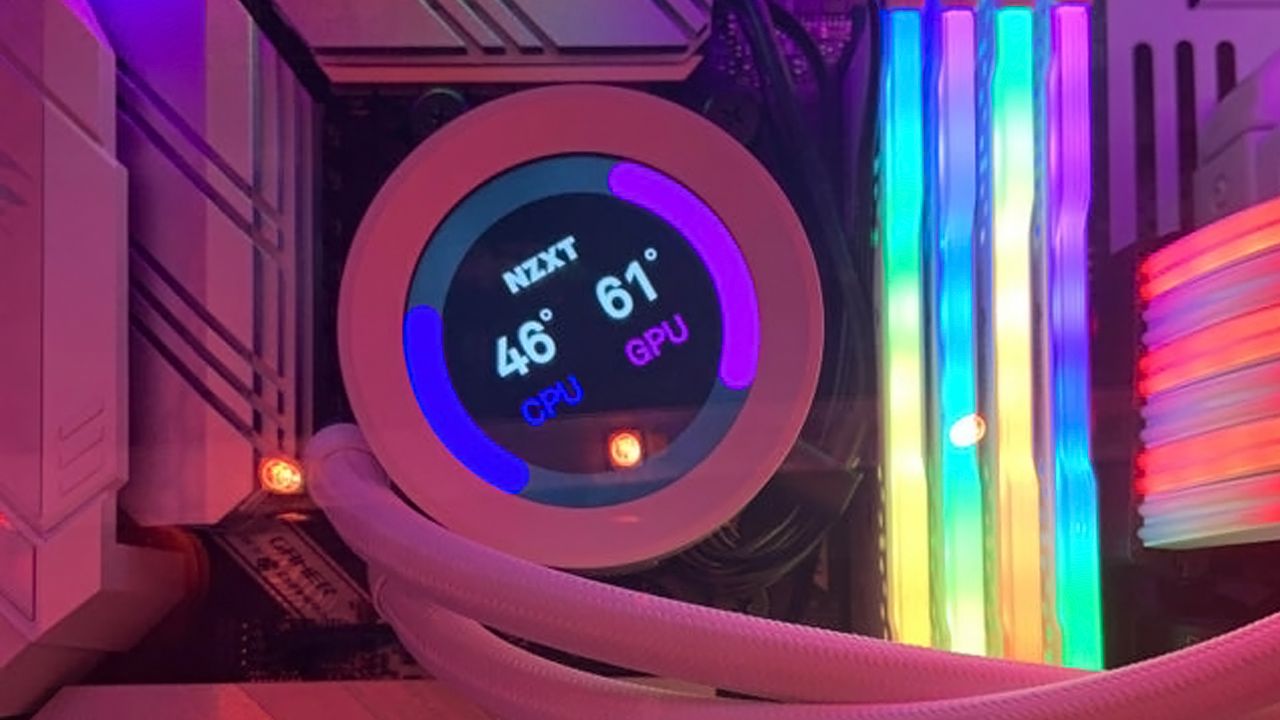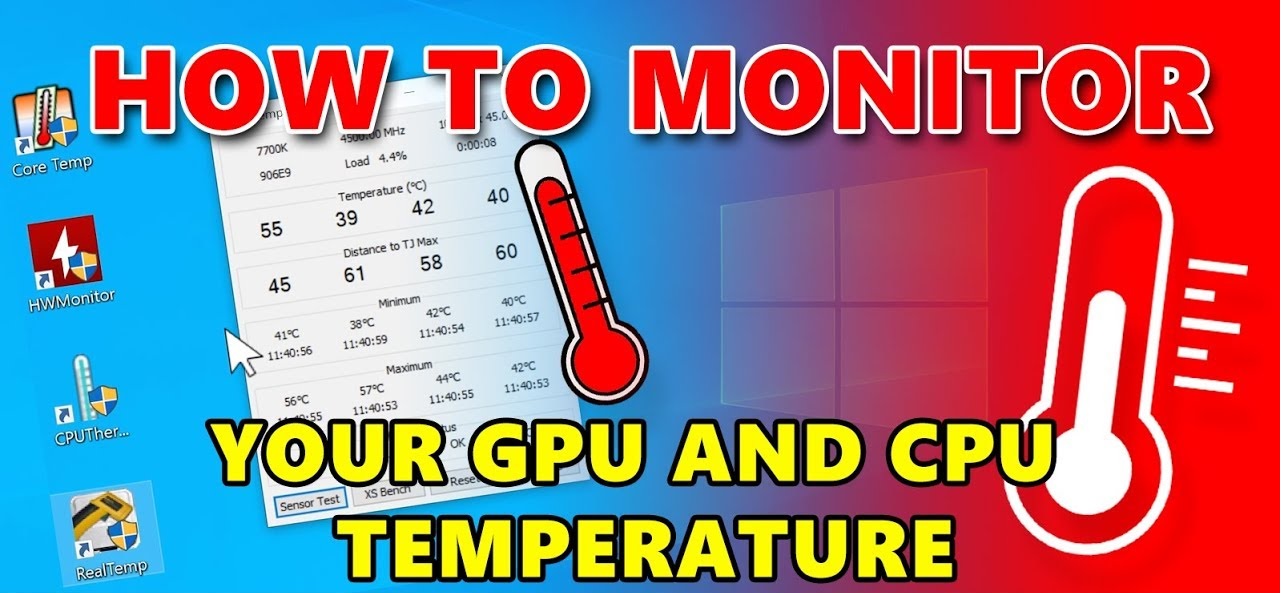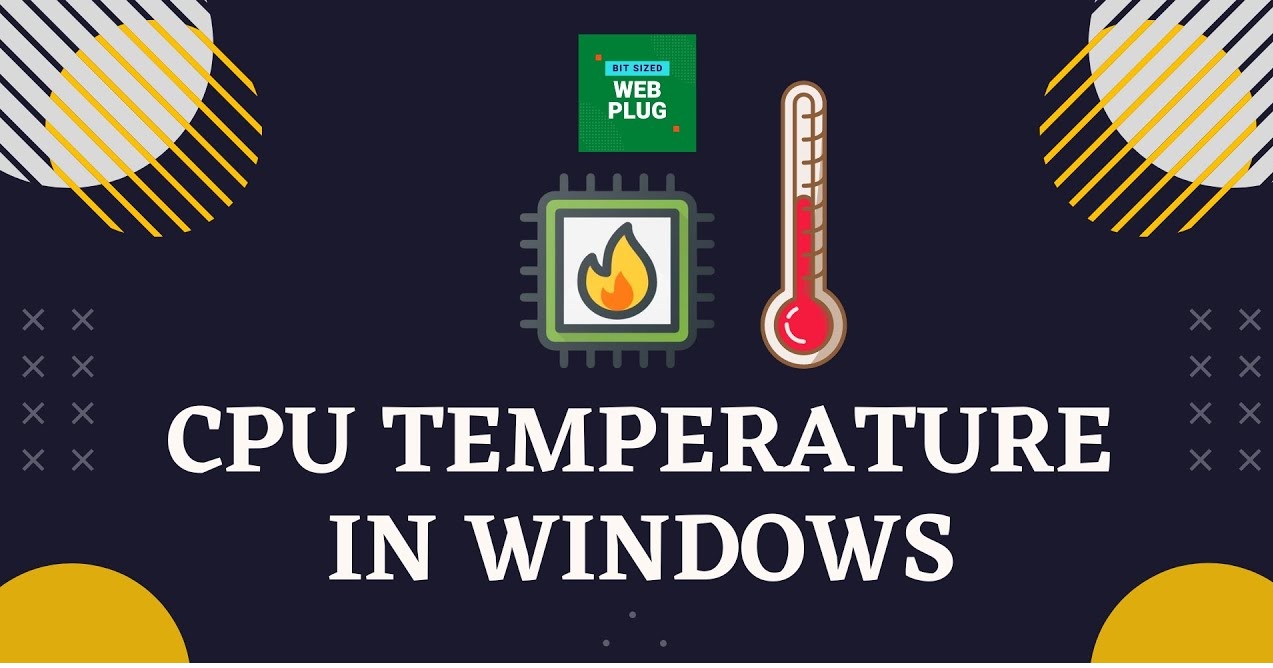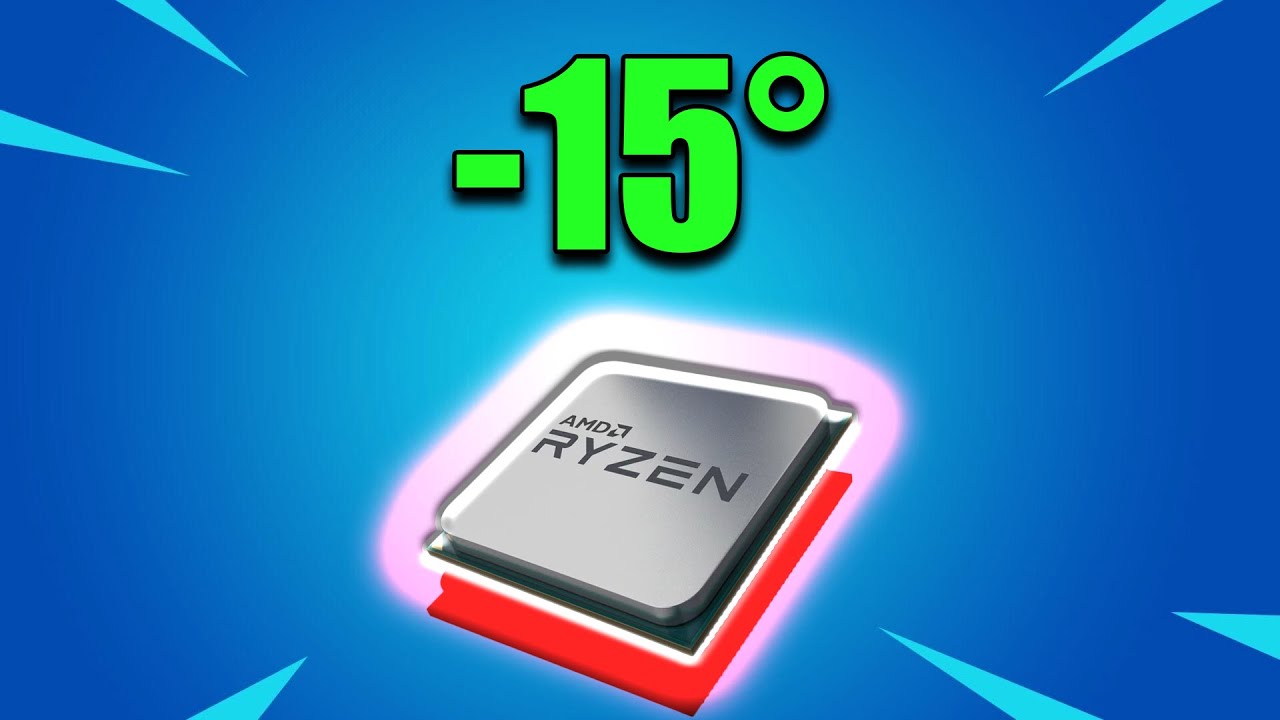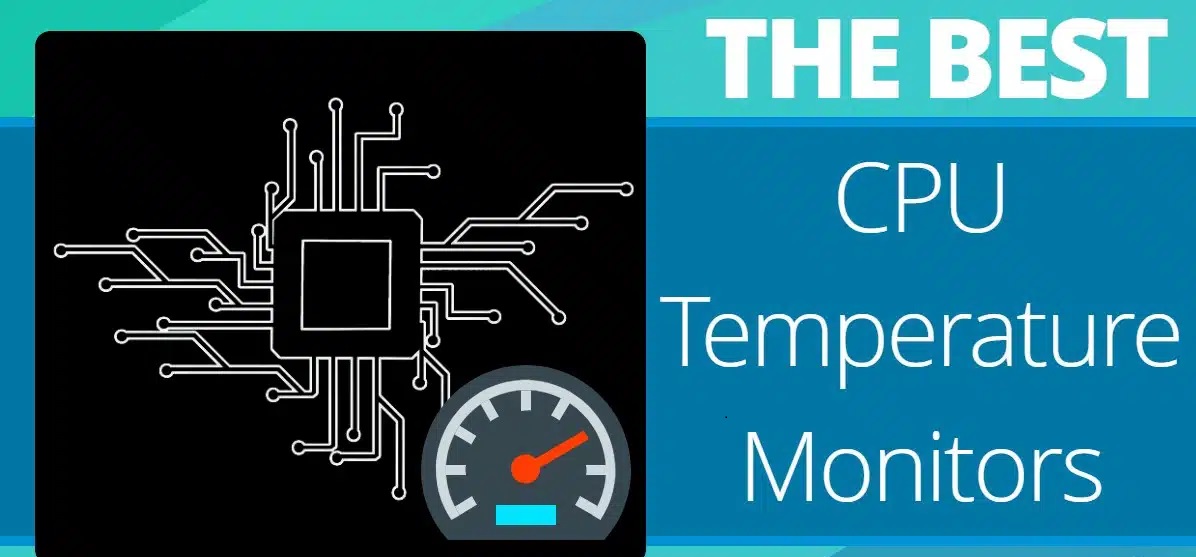Introduction
Welcome to our guide on checking the CPU temperature on your Mac! As a Mac user, it’s important to keep an eye on your CPU temperature to ensure optimal performance and prevent any potential issues such as overheating. The CPU, or Central Processing Unit, is the brain of your Mac, responsible for executing all the tasks and processes that make your computer run smoothly.
Monitoring the CPU temperature can help you identify any abnormal spikes or fluctuations, which may indicate a problem with your Mac’s cooling system or excessive stress on the processor. By monitoring the temperature, you can take necessary actions to address the issue before it leads to hardware failure or performance degradation.
In this article, we will explore two methods to help you check the CPU temperature on your Mac. The first method involves using the built-in Activity Monitor, which provides basic temperature monitoring capabilities. The second method entails utilizing third-party apps that offer more advanced features and real-time temperature monitoring. Let’s dive into each method to find the one that suits your needs.
Why is it important to check CPU temperature on Mac?
Monitoring the CPU temperature on your Mac is crucial for several reasons. Here are a few key points highlighting the importance of keeping an eye on your Mac’s CPU temperature:
1. Preventing overheating: Overheating is one of the major causes of hardware failure in computers. When the CPU temperature rises excessively, it can lead to performance issues, system crashes, and even permanent damage to the internal components of your Mac. By regularly checking the CPU temperature, you can take timely preventive measures to avoid overheating and protect your Mac’s hardware.
2. Ensuring optimal performance: High CPU temperatures can negatively impact the performance of your Mac. When the temperature rises, the CPU may throttle its speed to cool down, resulting in reduced performance and slower processing speeds. By monitoring the CPU temperature, you can identify any performance bottlenecks caused by excessive heat and take necessary actions, such as cleaning the cooling system or adjusting fan settings, to maintain optimal performance.
3. Extending hardware lifespan: Excessive heat can significantly shorten the lifespan of your Mac’s hardware components, including the CPU. Continuous exposure to high temperatures can cause thermal stress on the processor, leading to accelerated degradation and eventual failure. By actively monitoring the CPU temperature and ensuring it stays within safe limits, you can help prolong the lifespan of your Mac’s hardware.
4. Diagnosing cooling system issues: Monitoring the CPU temperature can help in diagnosing potential cooling system problems. If you notice unusually high temperatures even during normal usage, it could indicate issues with the fan, heat sink, or thermal paste. Identifying these issues early on can save your Mac from further damage and allow you to take appropriate steps, such as cleaning or replacing cooling components, to maintain optimal cooling efficiency.
5. Optimal system stability: A stable operating temperature is crucial for the overall stability and smooth functioning of your Mac. Fluctuations in CPU temperature can lead to system instability, frequent crashes, and data loss. By keeping an eye on the CPU temperature, you can ensure that your Mac remains stable and reliable for your day-to-day tasks.
By understanding the importance of monitoring CPU temperature on your Mac, you can take proactive measures to prevent overheating, maintain optimal performance, extend the lifespan of your hardware, diagnose cooling system issues, and ensure the stability of your Mac system. Let’s now explore the methods to check your Mac’s CPU temperature using both built-in and third-party tools.
How to check CPU temperature on Mac using Activity Monitor
MacOS comes with a built-in utility called Activity Monitor, which allows you to monitor various system resources, including the CPU temperature. Follow these steps to check the CPU temperature using Activity Monitor:
1. Open Activity Monitor: You can find Activity Monitor in the Utilities folder within Applications. Alternatively, you can use the Spotlight search by pressing Command + Spacebar and typing “Activity Monitor.”
2. Check the CPU tab: Once you open Activity Monitor, click on the “CPU” tab in the toolbar at the top. Here, you will find detailed information about your Mac’s CPU usage and temperature.
3. View the temperature: In the CPU tab, you will see a section called “CPU Usage.” Below that, you will find the “CPU Temperature” section, displaying the current temperature of your Mac’s CPU. You can also view the temperature history by selecting the checkbox for “Show CPU Usage” and “Show CPU History” from the View menu at the top.
4. Monitor the temperature: Keep an eye on the CPU temperature as you use your Mac. You can observe any spikes or fluctuations that may indicate potential overheating or excessive CPU usage. If you notice consistently high temperatures or sudden increases, it is advisable to investigate further or consider using a third-party app for more advanced monitoring capabilities.
Activity Monitor provides a basic overview of the CPU temperature on your Mac. It is suitable for users who want a quick glance at the CPU temperature without the need for extensive monitoring or real-time updates. For more detailed and real-time temperature monitoring, you can explore third-party apps specifically designed for this purpose. Let’s look at how you can do that in the next section.
How to check CPU temperature on Mac using third-party apps
While the Activity Monitor provides basic CPU temperature monitoring, if you need more advanced features and real-time temperature updates, third-party apps can offer an enhanced monitoring experience. Here’s how to check CPU temperature on your Mac using third-party apps:
1. Research and choose a reliable app: There are several third-party apps available for monitoring CPU temperature on Mac. Research and choose a reputable app that fits your requirements. Some popular options include iStat Menus, Intel Power Gadget, and Macs Fan Control.
2. Download and install the app: Visit the official website of the app you have chosen and download the installation package. Once downloaded, double-click the package to start the installation process and follow the on-screen instructions to install the app on your Mac.
3. Launch the app: After installing the app, launch it from your Applications folder or through Launchpad. The app will provide you with a detailed overview of your Mac’s system resources, including CPU temperature.
4. Check the CPU temperature: Once the app is launched, navigate to the section that displays the CPU temperature. The location and layout may vary depending on the app you are using. Typically, you will find it in a dedicated section or in the toolbar of the app.
5. Customize and monitor: Explore the app’s settings to customize temperature thresholds, fan speed controls, and other monitoring options according to your preferences. This will enable you to receive alerts or take action when the CPU temperature reaches certain levels. Keep the app running in the background to continuously monitor your CPU temperature in real-time.
Third-party apps offer a wide range of additional features, such as detailed graphs, customizable widgets, and advanced CPU diagnostics, giving you more control over your Mac’s temperature and performance. Experiment with different apps to find the one that suits your needs. Remember to choose reputable apps from trusted sources to ensure your Mac’s security and reliability.
Tips for monitoring CPU temperature on Mac
Monitoring the CPU temperature on your Mac is essential for maintaining optimal performance and preventing any potential issues. Here are some tips to help you effectively monitor and manage your Mac’s CPU temperature:
1. Use a reliable monitoring app: Choose a reputable third-party app with advanced monitoring features to accurately track and display your Mac’s CPU temperature in real-time. Look for apps that provide customizable alerts and notifications for temperature spikes.
2. Understand safe temperature ranges: Familiarize yourself with the safe temperature ranges for your specific Mac model. Check the manufacturer’s specifications or refer to online resources to determine the normal operating temperature for your CPU. This will help you assess whether your Mac is running in the optimal temperature range.
3. Keep your Mac clean: Over time, dust and debris can accumulate inside your Mac, affecting air circulation and causing the temperature to rise. Regularly clean the vents and fans of your Mac using compressed air, ensuring proper airflow to prevent overheating.
4. Optimize power settings: Adjust your Mac’s power settings to optimize performance while keeping the CPU temperature in check. Use the Energy Saver preferences to enable power-saving features or adjust the processor performance to balance between power consumption and temperature.
5. Monitor resource-intensive tasks: Keep an eye on resource-intensive tasks that can cause the CPU temperature to spike. This includes activities such as video editing, gaming, or running multiple applications simultaneously. Exit unnecessary applications or reduce the workload to alleviate the stress on the CPU.
6. Use cooling pads or stands: Consider using cooling pads or stands with built-in fans to provide additional cooling to your Mac. These accessories can help dissipate heat and maintain lower CPU temperatures, especially during intensive usage.
7. Keep your software up to date: Ensure your Mac’s operating system and applications are up to date. Developers often release updates that include performance optimizations and bug fixes, which can help improve system stability and efficiency.
8. Monitor CPU temperature during heavy tasks: While conducting resource-intensive tasks, monitor the CPU temperature closely using your chosen monitoring app. This will allow you to detect any temperature spikes or abnormalities and take necessary steps to prevent overheating.
By following these tips, you can effectively monitor and manage the CPU temperature on your Mac, preventing overheating and prolonging the lifespan of your hardware. Remember that consistent monitoring and proactive measures are key to maintaining optimal performance and reliability.
Conclusion
Monitoring the CPU temperature on your Mac is crucial for maintaining optimal performance, preventing hardware failure, and ensuring a stable and reliable system. In this guide, we explored two primary methods for checking the CPU temperature on your Mac.
The first method involved using the built-in Activity Monitor, which provides a basic overview of the CPU temperature. While it is a convenient option for quick temperature checks, it may lack some advanced features and real-time monitoring capabilities that third-party apps offer.
The second method involved utilizing third-party apps specifically designed for CPU temperature monitoring on Mac. These apps provide more in-depth information, customizable alerts, and real-time updates, allowing you to have better control over your Mac’s temperature and performance.
Regardless of the method you choose, it is essential to regularly check the CPU temperature to prevent overheating, extend hardware lifespan, diagnose cooling system issues, and ensure stable system performance. Implementing tips such as using reliable monitoring apps, understanding safe temperature ranges, keeping your Mac clean, optimizing power settings, and monitoring resource-intensive tasks can further enhance your monitoring efforts.
Remember to choose reputable third-party apps from trusted sources and perform necessary research before installation, as your Mac’s security and reliability should always be a top priority.
By actively monitoring and managing the CPU temperature on your Mac, you can ensure a smooth and efficient computing experience while protecting your hardware investment in the long run.







